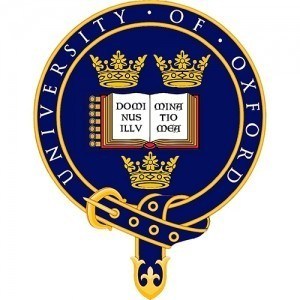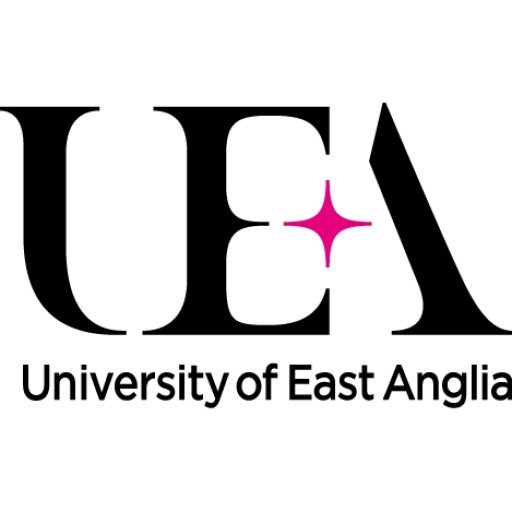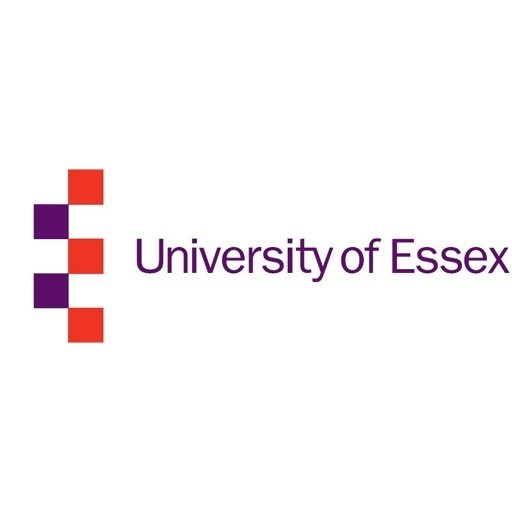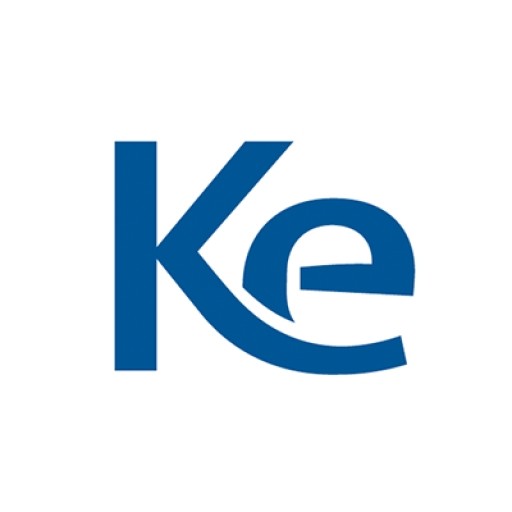Photos of university / #oxford_uni
The History of Art program at the University of Oxford offers a comprehensive and in-depth exploration of the development of visual culture from antiquity to the present day. Designed for students with a passionate interest in art, architecture, and visual history, this course provides a rigorous academic framework that combines the study of individual works of art with broader cultural, historical, and theoretical contexts. Throughout the program, students engage with a diverse range of artistic disciplines, including painting, sculpture, architecture, decorative arts, and digital media, enabling a multifaceted understanding of art’s role across different societies and time periods.
The curriculum is structured to develop critical analysis and research skills, encouraging students to examine artworks through various scholarly perspectives. Students will explore major art movements, influential artists, and significant galleries and museums worldwide, gaining insight into the social, political, and technological forces that have shaped artistic production and reception. The program emphasizes both historical knowledge and interpretative skills, preparing graduates for careers in curating, art criticism, heritage management, academia, and related fields.
In addition to lectures and seminars led by distinguished academics, students have access to numerous practical opportunities such as visits to collections, exhibitions, and conservation workshops. The course also fosters engagement with contemporary debates in art history, including issues of representation, identity, and globalization. Through a combination of lectures, tutorials, research projects, and independent study, students are guided to develop their own analytical viewpoints and articulate well-supported arguments.
The program is typically completed over three or four years, depending on the pathway chosen, with options for specialization or a broader survey approach. Financial support, academic resources, and a vibrant student community further enrich the educational experience. Graduates of the History of Art program at Oxford emerge as well-rounded scholars with a deep appreciation of visual culture and the critical skills necessary to pursue diverse professional opportunities in the arts and cultural sector. Overall, this program provides a challenging yet rewarding academic journey into the rich and varied history of visual expression that continues to influence contemporary society.
| 1st year | |
|
Courses Four elements are taken:
|
Assessment First University examinations: |
| 2nd and 3rd years | |
|
Courses Seven elements are taken: a full list of current options is at www.hoa.ox.ac.uk Core Course: Approaches to the History of Art Further subject in Art History – choices currently include:
Students also have the opportunity to undertake a Collections Placement in one of the University museums, libraries or colleges in their second year. |
|
- Attestat o Srednam Obrazovanii (Certificate of Secondary Education) would not be sufficient for candidates to make a competitive application. If your qualification is listed as being insufficient to make a competitive application to Oxford, then you will need to undertake further study if you wish to apply.You could take British A-levels (the British Council may know where you can take A-levels in your country), the International Baccalaureate (IB), or any other qualifications listed as acceptable on this page. The first year of a bachelor's degree from another university could also be an acceptable alternative.
- IELTS: overall score of 7.0 (with at least 7.0 in each of the four components)
- TOEFL (paper-based): overall score of 600 with a Test of Written English score of 5.5
- TOEFL (internet-based): overall score of 110 with component scores of at least: Listening 22, Reading 24, Speaking 25, and Writing 24.
- Cambridge English: Advanced, also known as the Certificate of Advanced English (CAE): grade A if taken before January 2015, or a score of at least 185.
- Cambridge English: Proficiency, also known as the Certificate of Proficiency in English (CPE): grade B if taken before January 2015, or a score of at least 185.
- English Language GCSE, or O-level: grade B (for IGCSE, please see below)
- International Baccalaureate Standard Level (SL): score of 5 in English (as Language A or B)
- European Baccalaureate: score of 70% in English.
Hill Foundation Scholarship
Russian nationals wishing to study for a second undergraduate degree.
Palgrave Brown Scholarship
Students must be ordinarily resident in and/or educated in the following countries:
Albania; Armenia; Azerbaijan; Belarus; Bosnia and Herzegovina; Bulgaria; Croatia; Czech Republic; Estonia; Georgia; Hungary; Kazakhstan; Kyrgyz Rep.; Latvia; Lithuania; Macedonia; Moldova; Montenegro; Poland; Romania; Russia; Serbia; Slovakia; Slovenia; Tajikistan; Turkmenistan; Ukraine; Uzbekistan.
History of Art at the University of Oxford offers a comprehensive exploration of visual culture across different periods and regions, integrating theoretical analysis with detailed historical research. The program aims to develop students' ability to interpret and critique art within its historical, cultural, and social contexts. Students engage with a diverse range of mediums, including painting, sculpture, architecture, and decorative arts, from ancient to contemporary periods. The curriculum covers key themes such as iconography, materiality, patronage, and the impact of technological developments on artistic production. Through a combination of lectures, seminars, practical sessions, and research projects, students gain both broad contextual knowledge and specific analytical skills necessary for understanding the significance of artworks throughout history.
The program emphasizes critical thinking, detailed visual analysis, and the development of an original research project culminating in a dissertation. Students benefit from access to world-renowned collections and archives, and often engage directly with artworks and historical sites. The faculty comprises leading scholars in the field who provide expert guidance and mentorship. The Modern, Medieval, and Ancient programs at Oxford often collaborate, providing interdisciplinary opportunities and access to diverse resources, including the Bodleian Library’s extensive collections.
Graduates of the History of Art program are well-prepared for careers in museums, galleries, cultural heritage organizations, academia, publishing, and related fields. The program fosters skills in visual analysis, historical research, critical writing, and presentation, which are highly valued across a broad spectrum of professional contexts. The University's excellent network of cultural institutions and its vibrant academic community ensure that students can participate in internships, exhibitions, and collaborative projects, enriching their educational experience. Overall, Oxford’s History of Art degree combines rigorous academic inquiry with practical engagement, equipping students with a deep understanding of art's significance across history and society.



